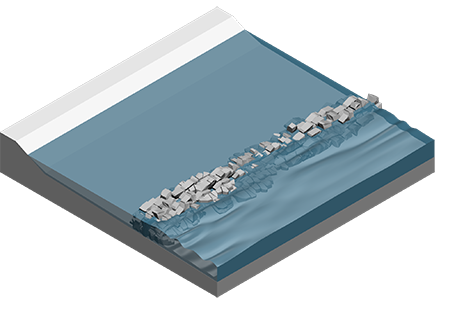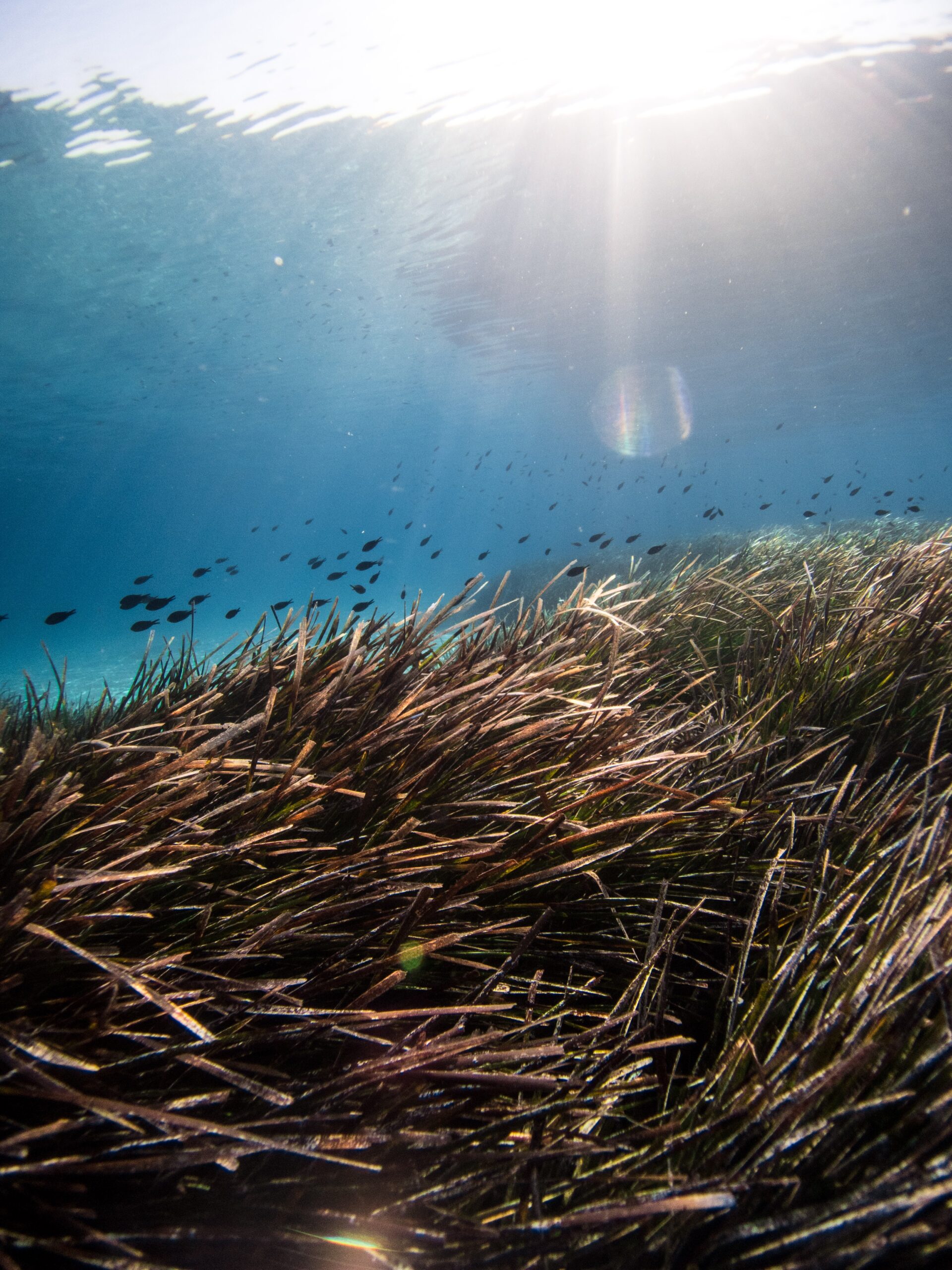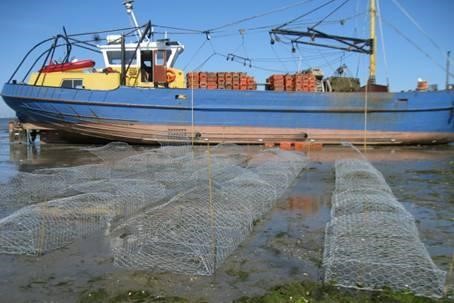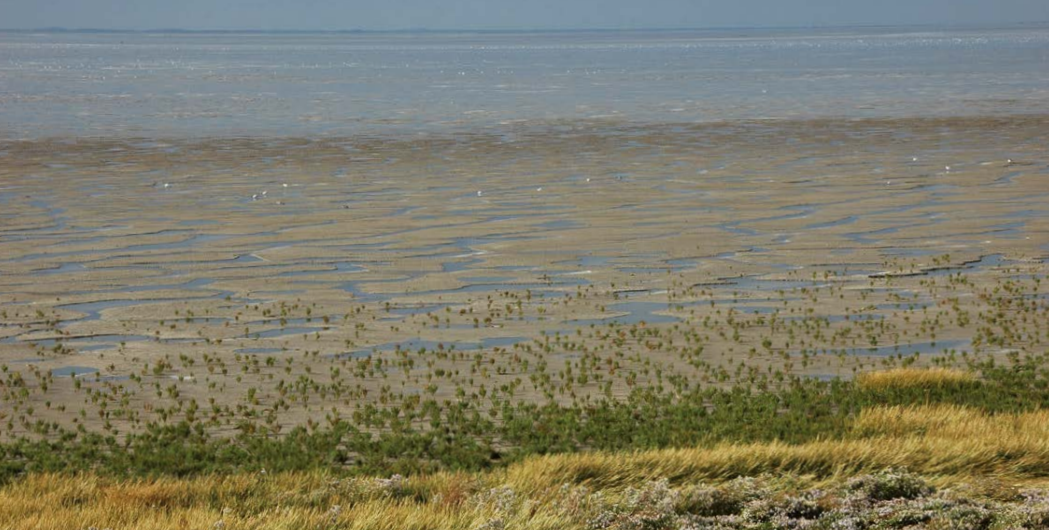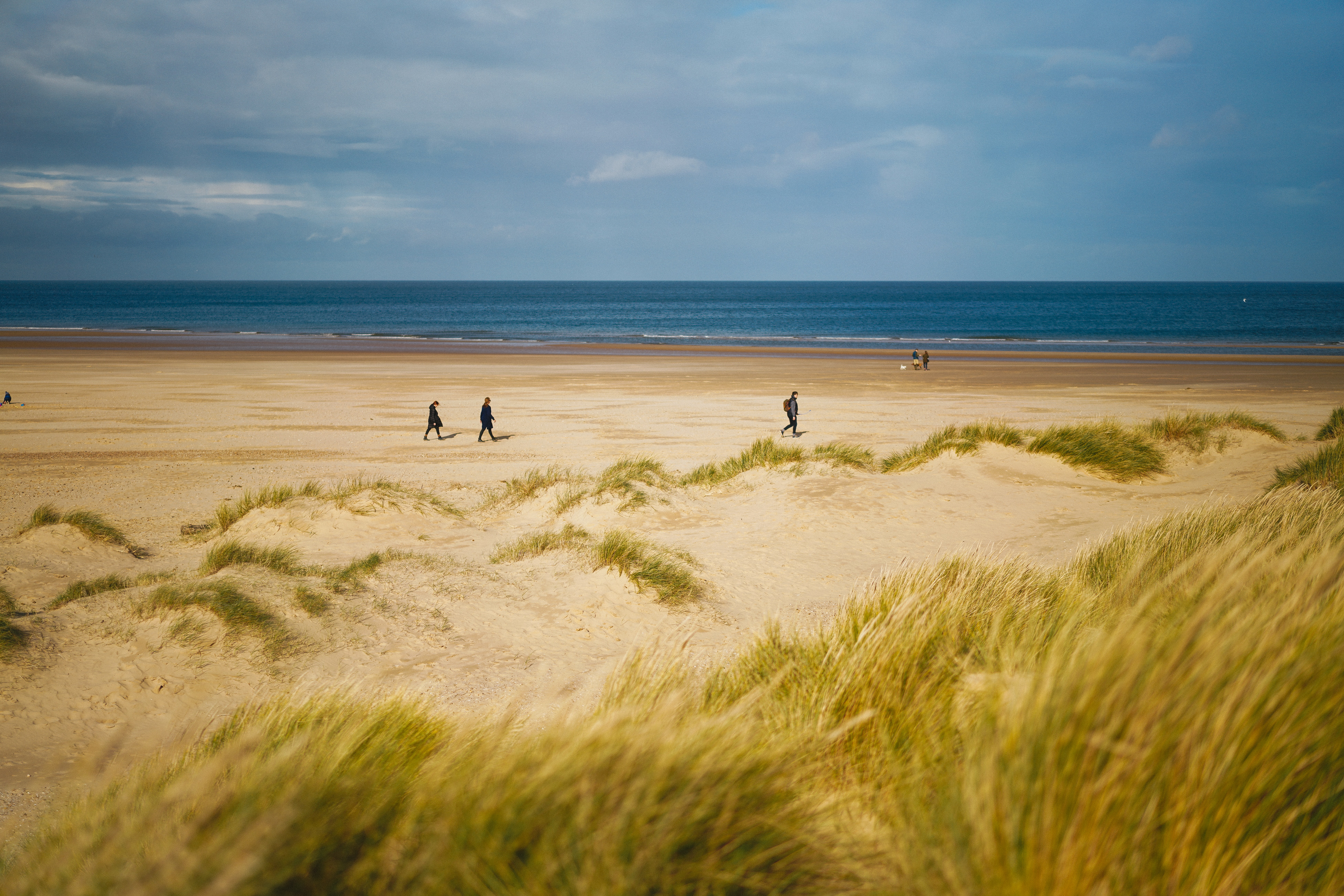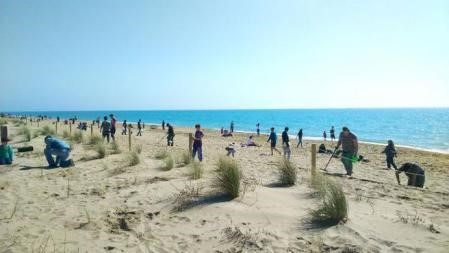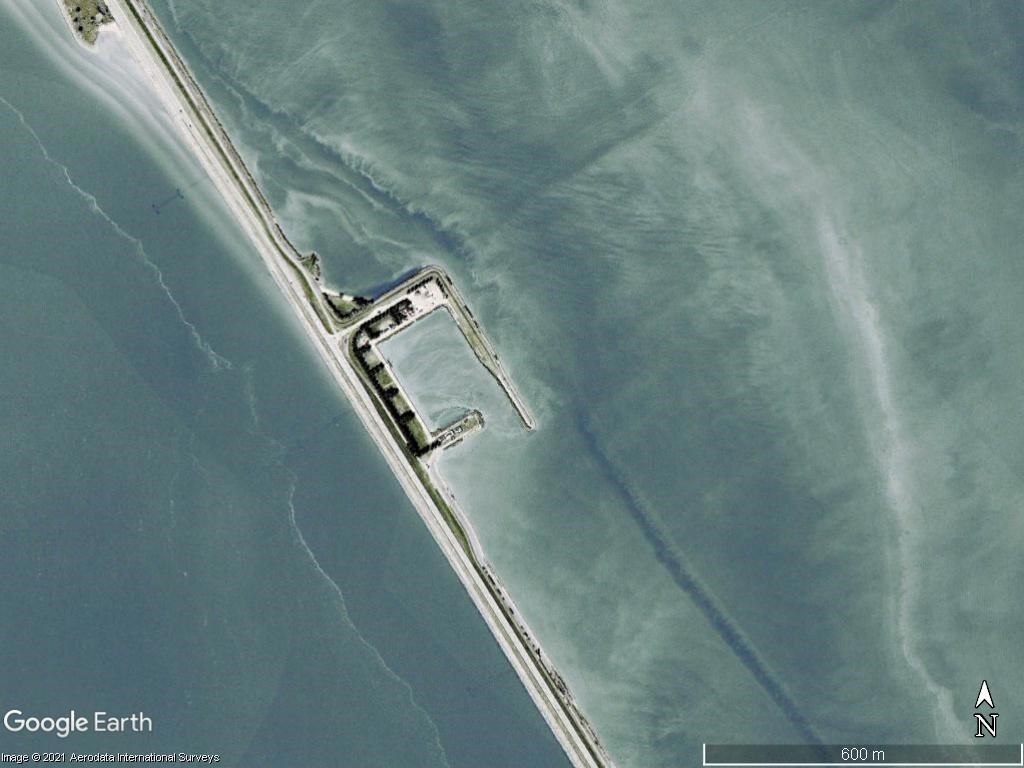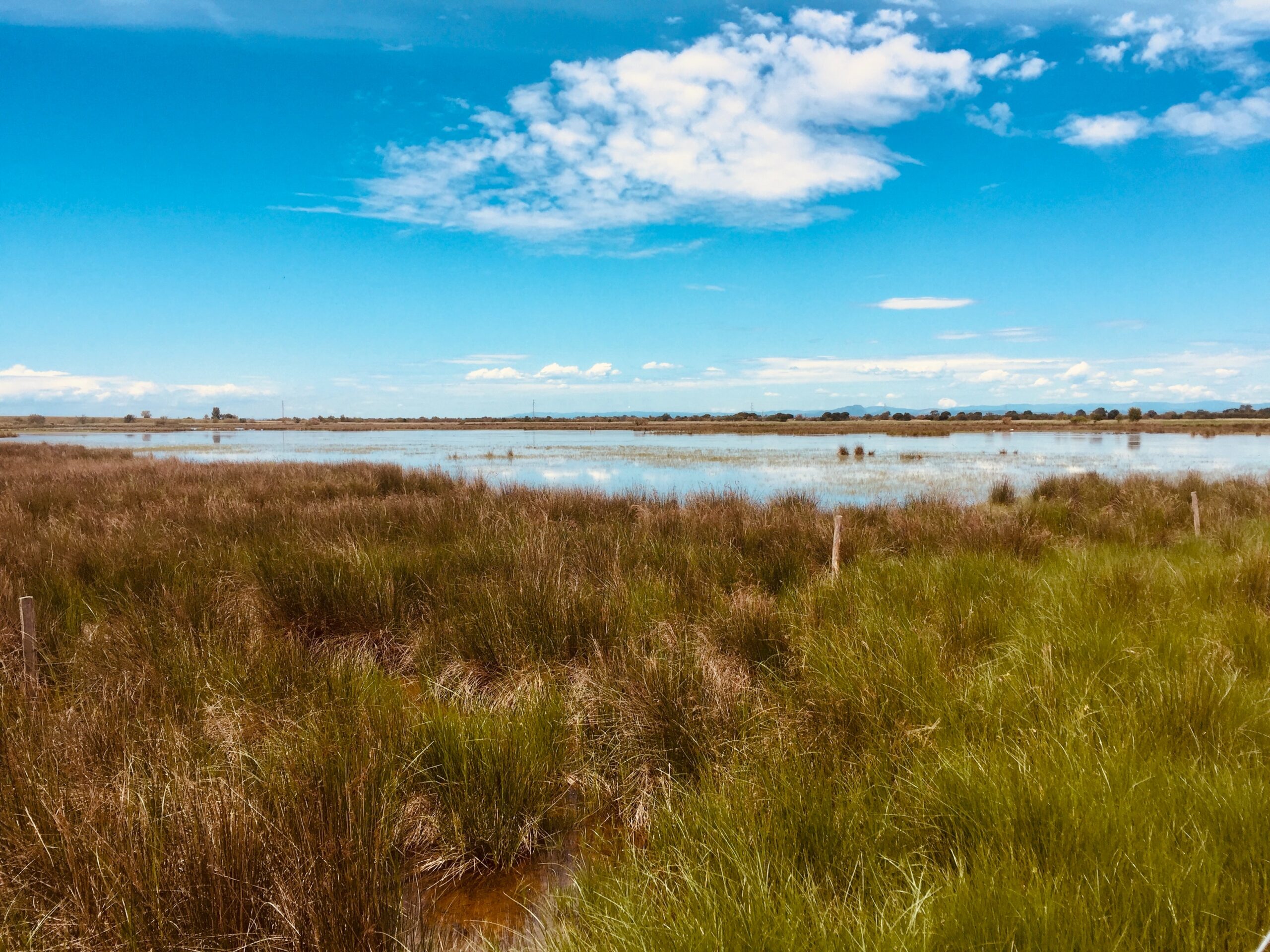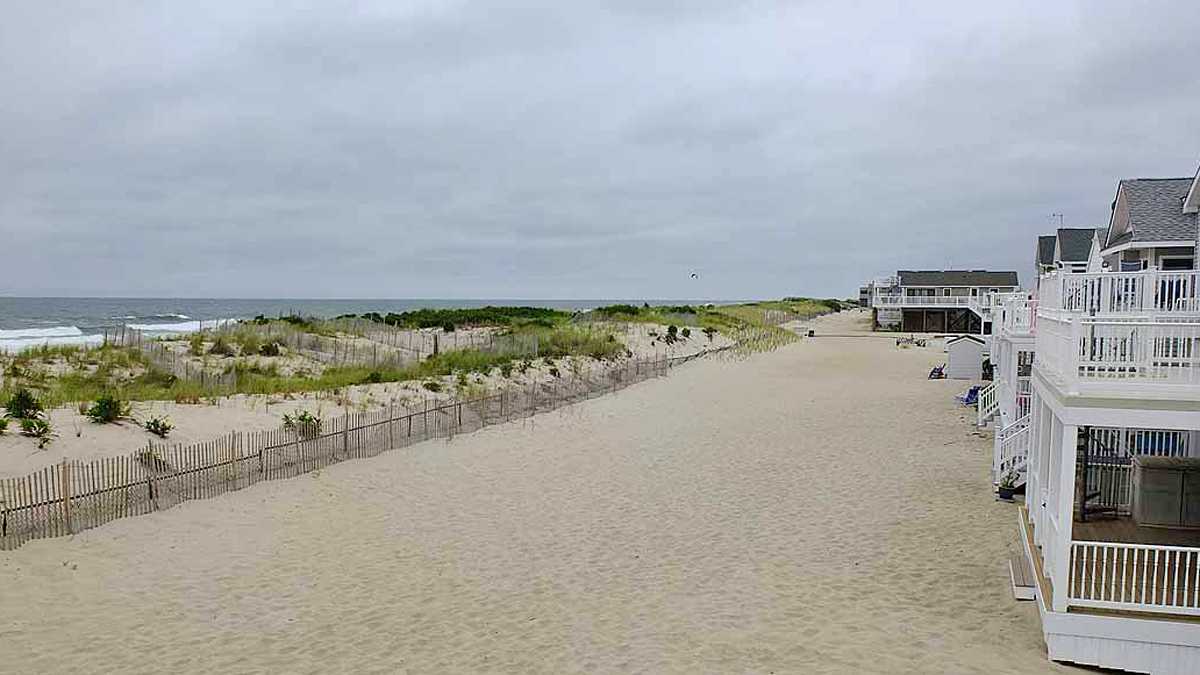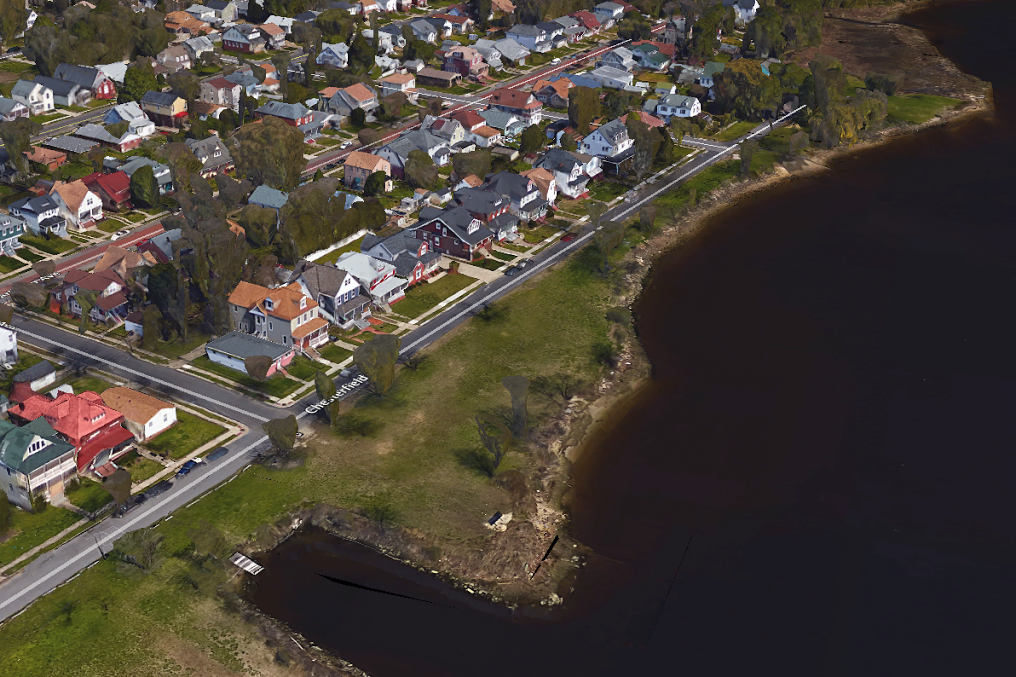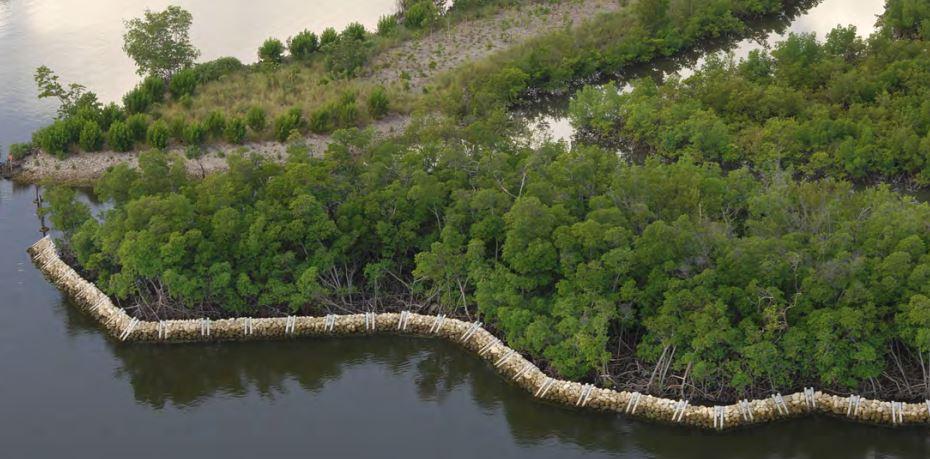Restoring Coastal Features
Natural coastlines have evolved to absorb wave energy and provide a buffer to coastal communities from flooding and storm surge. Beaches, dunes and mangroves can act as a barrier to storm surges and flooding and help reduce coastal erosion by stabilizing the shoreline. Coastal marshes provide flood protection, shoreline stabilization, erosion control, and protect water quality by filtering water.
Development along the coast and efforts to protect the coastline with hardened structures has resulted in the outright loss of natural coastal features such as beaches, dunes, marshes and mangroves or severely impeded the natural flow of sediment that helps to maintain these systems. Moreover, reductions in near shore water quality have had significant effects on the health of coastal marshes. Restoring natural coastal features involves reestablishing the natural processes – sediment movement and improved water quality – that allow these systems to maintain themselves. Additionally, it may be necessary to reintroduce sand, dune grasses, marsh plants, or mangrove species into the system to compensate for losses that have occurred over time.
Siting Considerations
When considering a site for restoration it is important to determine the initial cause or causes of degradation to the natural habitat. Some of the major considerations should be sediment flow and type, local water quality, and coastal slope.
Beaches and dunes occur along the open coast where coastal land forms contain a significant amount of sand. Restoring beaches often involves beach nourishment – the practice of adding sand taken from elsewhere to a beach or dune system – and therefore a convenient source of sand with characteristics similar to the natural sand on the beach is needed. Removing impediments to the flow of sand, whether bypassing sand around an updrift structure that is blocking the movement of sand along the coast or getting rid of structures that prevent sand from entering the system, can help restore a beach.
Along the coast, the habitat for mangroves and marshes is characterized by depositional coastal environments, where fine sediments (often with high organic content) collect in areas protected from high-energy wave action.
Healthy coastal marsh systems are capable of growing both horizontally and vertically, meaning that under the right circumstances they are capable of keeping pace with sea level rise. As the slope of surrounding coastal land increases the likelihood that a marsh may be able to remain self-sustaining goes down as it is less likely that it will be able to grow at a pace to ward off the impacts of sea level rise.
Costs
Beach nourishment can be very expensive; projects can need several hundred thousand cubic meters of sand and, depending on the scale of the project, may cost in the millions of dollars. Additionally beach nourishment requires heavy equipment to pump and place the sand.
Dune restoration costs vary greatly depending on the need for sand. Dunes can be restored with minimal costs by constructing walk-overs to protect dune plants and using snow fence and dune plantings to catch wind-blown sand. Alternatively, if large amounts of sand are needed to restore and replenish dunes costs can rise substantially.
Marsh and mangrove restoration have similarly variable costs. Depending on the treatment being used, marsh restoration may vary from as little as $1000/acre to over $100,000/acre. The FAO has estimated mangrove restoration costs to range from $100/acre to $90,000/acre, with potential of even higher costs ranging as high as $200,000/acre.
Co-Benefits of the Strategy
The very nature of coastal lifestyles is reliant on healthy natural resources. Beaches and dunes are strong economic engines for communities, with tourism serving as the primary economic driver in many coastal communities. Marshes and mangroves provide essential habitat for fish and wildlife, supporting commercial and recreational fishing and harvesting activities as well as bird watching and other passive recreational activities such as canoeing and hiking.
Marshes and mangroves also help to trap sediment and improve local water quality, further enhancing their importance from a recreational and economic stand point by improving habitat quality, providing clean waters for swimming and recreating, and establishing a coastal aesthetic that provides a considerable boost to adjacent and nearby property values.

(ALL RIGHTS) January 23, 2011. Nearly 400 volunteers came out to Mobile Bay in Alabama to help restore the Gulf of Mexico. During the course of this weekend event, the volunteers worked alongside Conservancy scientists and partners to construct the first quarter-mile of oyster reef as part of the 100-1000: Restore Coastal Alabama project. Spearheaded by The Nature Conservancy, Alabama Coastal Foundation, Mobile Baykeeper and The Ocean Foundation, the 100-1000 project aims to build 100 miles of oyster reefs and grow 1,000 acres of marsh and sea grass. Photo credit: © 2011 Erika Nortemann/TNC
Maintenance Considerations
All of these restoration efforts require some level of ongoing monitoring and maintenance.
Beaches are extremely dynamic habitat types, ranging considerably in width and profile year to year. As such, beach nourishment should not be viewed as a one-time effort but instead as an ongoing expense, in particular if there are vulnerable structures that are in the immediate vicinity that limit the ability to allow the beach to function in a more natural way.
Dune restoration maintenance involves primarily adding sand if needed, replacing plants where they have died off or root systems haven’t taken hold, and replacing or repairing sand fences to maintain a system of trapping windblown sand.
A healthy, restored marsh should be largely self-sustaining. Regular monitoring of local water quality and marsh growth are important to track the overall health of the system.
Similar or Complementary Solutions
Depending on local circumstances, moving people out of harms way – either back from the dune or beach edge or away from marshes and mangroves – may be a necessary component of a larger coastal restoration effort.
While living shorelines are not true restoration, they can and do allow for the ongoing maintenance of the natural processes necessary for a healthy coastal system to thrive.
Additional Considerations
Restoration efforts in general often require permits, though requirements vary state by state. Beach nourishment projects in particular may require permits from the state agencies responsible from coastal zone management and, depending on the project, permits from the United States Army Corps of Engineers.
Restoration projects can take a long time to be fully realized. Expect at least a few years depending on the approach being taken.
Additional Resources
The following links are a sample of information and guidance that is currently available. Many coastal states provide their own guidance on beach and marsh restoration in particular and pursuing that localized guidance is highly recommended.
Beach restoration guidance from Massachusetts
Dune restoration guidance from Woods Hole Oceanographic Institute
Marsh restoration guidance from New York
Mangrove restoration guidance
